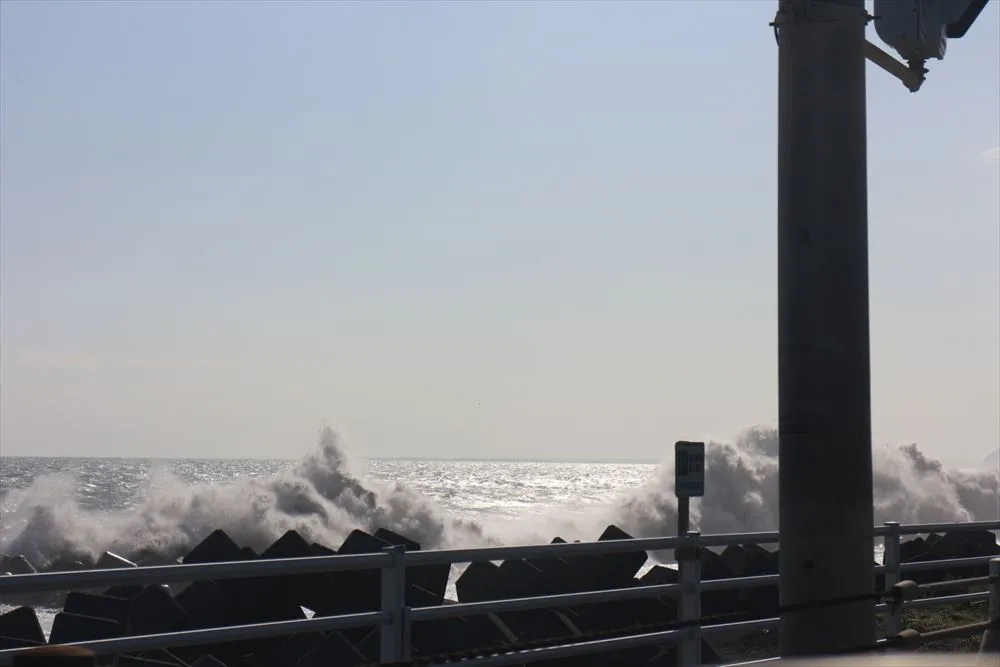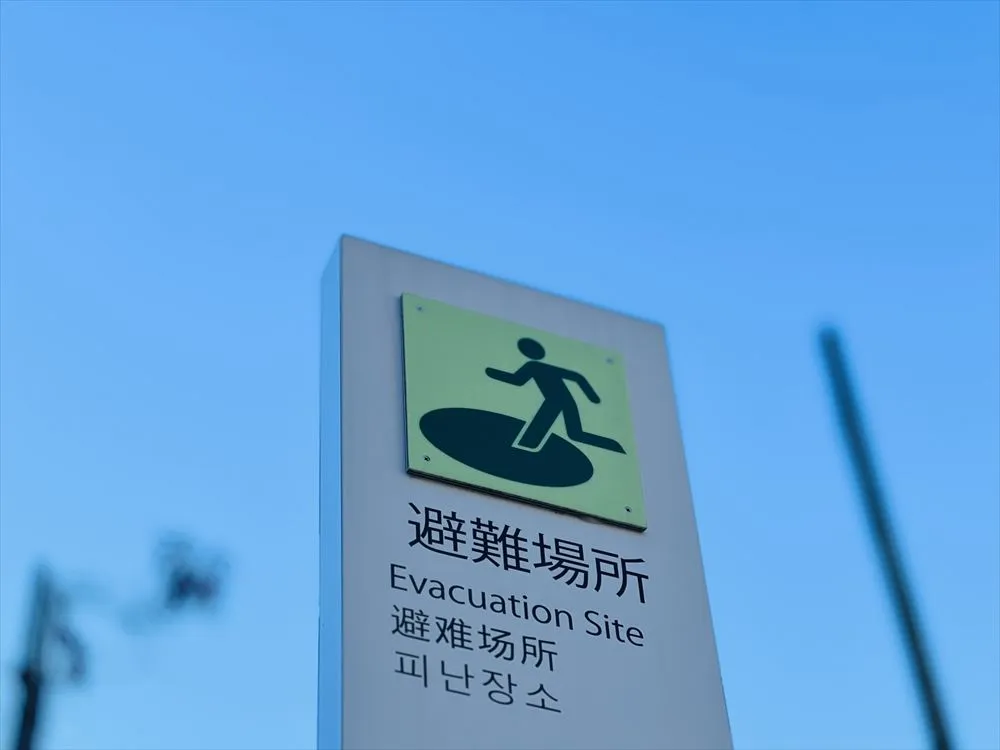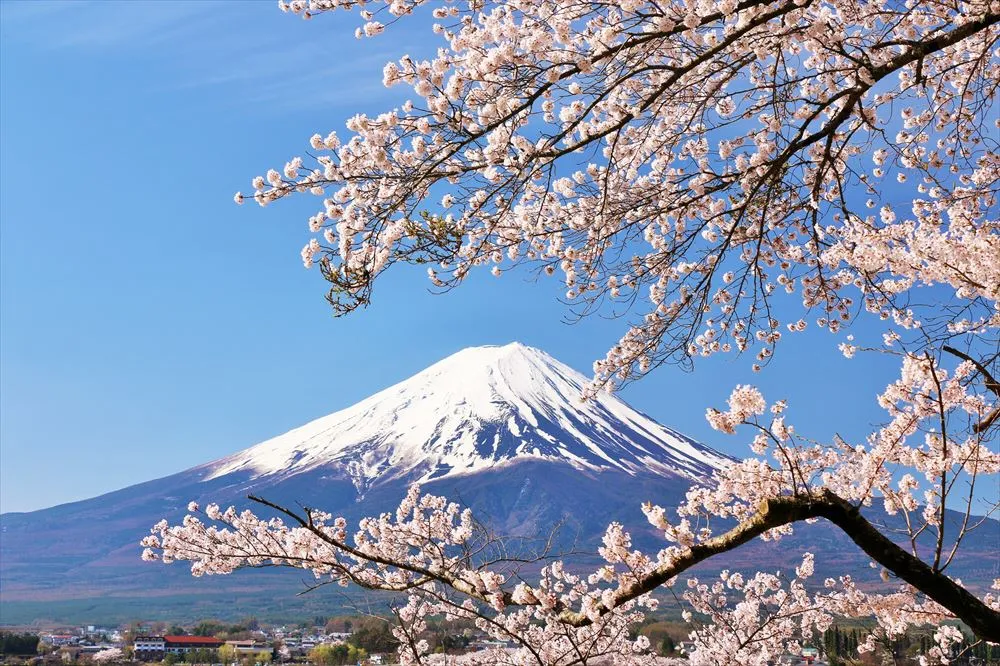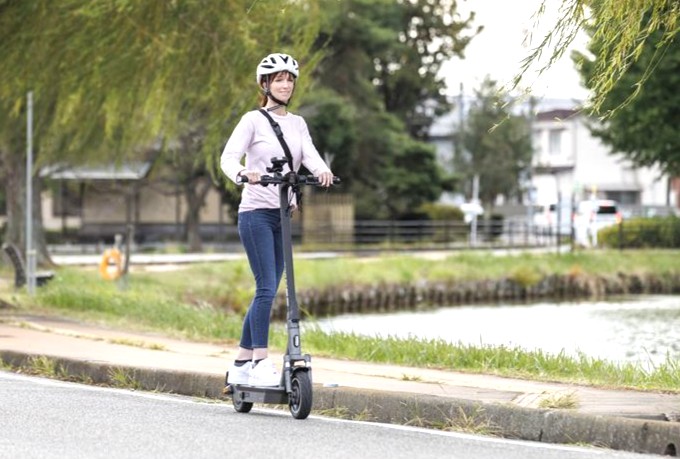Typhoons are one of the concerns when traveling, aren’t they? Through this article, let’s gain the knowledge to ensure a safe and comfortable trip.
Typhoon Season in Japan: How to Stay Safe
What is Typhoon Season in Japan?
In Japan, typhoons are most likely to form, approach, and make landfall between July and October. While the path and intensity of typhoons vary each year, even without making landfall, they can bring strong winds and heavy rain when they draw near. Typhoons usually form over the warm waters of the Pacific Ocean and often move northward toward Japan.
 Typhoons can sometimes cause significant damage. Therefore, it is crucial for both residents and visitors to Japan to be well-prepared for them. During typhoon season, it is essential to stay updated on the latest weather information and take necessary precautions to ensure safety.
Typhoons can sometimes cause significant damage. Therefore, it is crucial for both residents and visitors to Japan to be well-prepared for them. During typhoon season, it is essential to stay updated on the latest weather information and take necessary precautions to ensure safety.
Impact of Typhoons
Typhoons have a significant impact on the natural environment and people’s lives. Strong winds and heavy rain can damage buildings and infrastructure, and may also cause storm surges and flooding. Coastal areas, in particular, are at risk of severe inundation due to storm surges. Additionally, public transportation, such as trains, buses, and flights, is often disrupted, causing inconvenience for travel and movement. In the agricultural sector, crops may suffer damage, leading to reduced yields and lower quality. Power outages and communication disruptions may also occur, making it essential to secure emergency power supplies and communication tools. Be sure to locate your nearest evacuation centers and consider evacuating early if necessary.
In the agricultural sector, crops may suffer damage, leading to reduced yields and lower quality. Power outages and communication disruptions may also occur, making it essential to secure emergency power supplies and communication tools. Be sure to locate your nearest evacuation centers and consider evacuating early if necessary.
How to Prepare for Typhoons
To prepare for a typhoon, keep the following points in mind:
- Stay Informed:Use official sources like the Japan Meteorological Agency, local government websites, or news apps to check the typhoon’s path and potential impact. NHK WORLD (nhk.jp/world) provides multilingual news updates.
- Prepare Emergency Supplies:Stock up on essentials such as drinking water, emergency food, flashlights, portable chargers, and a battery-powered radio. Travelers should also consider carrying basic emergency supplies for peace of mind.
- Check the Safety of Your Accommodation:Familiarize yourself with evacuation sites and routes in advance. Follow the instructions provided by your accommodation.
- Secure Communication for Emergencies:To stay in touch with family and friends, make sure to charge your smartphone or mobile phone and share important contact information in advance.
- Revising Travel Plans:Typhoon-related disruptions often affect public transportation and may cause the closure of tourist facilities. Avoid traveling during the typhoon and consider changing your destination to a safer area if necessary.

Tips when typhoon strikes
When a typhoon approaches, ensuring your safety is the top priority.
Keep the following actions in mind:
- Avoid Going Outside:Stay indoors and secure your safety. Avoid going near bodies of water, such as the sea or rivers.
- Prepare for Power Outages:Have a flashlight and a radio ready, and keep your smartphone or mobile phone fully charged at all times.
- Stock Up on Water and Emergency Food:Prepare drinking water and emergency food supplies in case of water outages.
- Be Ready for Evacuation:If necessary, move to a designated evacuation center early. Travelers should follow the instructions provided by their accommodations.Stay updated on typhoon information through TV, the internet, or other sources, and take appropriate actions based on the situation. Calm judgment and swift responses are key to minimizing damage.

Typhoon information for visitors
For travelers visiting Japan during typhoon season, proper preparation is especially important. Staying informed about typhoon updates is key to ensuring safety while traveling. Regularly check typhoon updates from the Japan Meteorological Agency as well as the operation statuses of airlines and railways to avoid disruptions to your travel plans. If necessary, consider rescheduling accommodations or transportation, and always prioritize safety in your actions.
Use the links below to check typhoon information and public transportation statuses:
- Japan Meteorological Agency (Typhoon Information):
https://www.jma.go.jp/en/typh/
- Japan Airlines (Flight Status):
https://www.jal.co.jp/jp/en/other/weather_info_dom/
- All Nippon Airways (Flight Status):
https://www.ana.co.jp/fs/dom/en/
- JR East (Train Status):
https://traininfo.jreast.co.jp/train_info/e/service.aspx - JR West (Train Status):
https://www.westjr.co.jp/global/en/
Emergency Notification
Disaster Preparedness Tokyo App
Tokyo Metropolitan Government’s official disaster prevention app is useful not only for everyday but also emergency occasions.
www.bousai.metro.tokyo.lg.jp/1005744/index.html
Tokyo Metropolitan Government Disaster Prevention Website
Tokyo Metropolitan Government’s website disseminates the latest information in times of disaster as well as daily information related to disaster prevention.
www.bousai.metro.tokyo.lg.jp/
JNTO (Japan Safe Travel) on X (formerly Twitter) @JapanSafe Travel
JST is managed by Japan National Tourism Organization (JNTO), providing foreign visitors safety tips and latest information in case of natural disasters.
Japan Visitor Hotline
050-3816-2787(24 hours a day)
Japan National Tourism Organization (JNTO) operates a visitor hotline 24 hours a day, 365 days a year. Please feel free to call for tourist information or assistance in case of accidents or emergencies.
www.japan.travel/en/plan/hotline/
Safety tips
This disaster information app sends push-type notifications in times of emergency, regarding earthquake early warning, tsunami warning, weather warning, and evacuation information.
iOS https://apps.apple.com/jp/app/safety-tips/id858357174
Android https://play.google.com/store/apps/details?id=jp.co.rcsc.safetyTips.android&hl=ja







